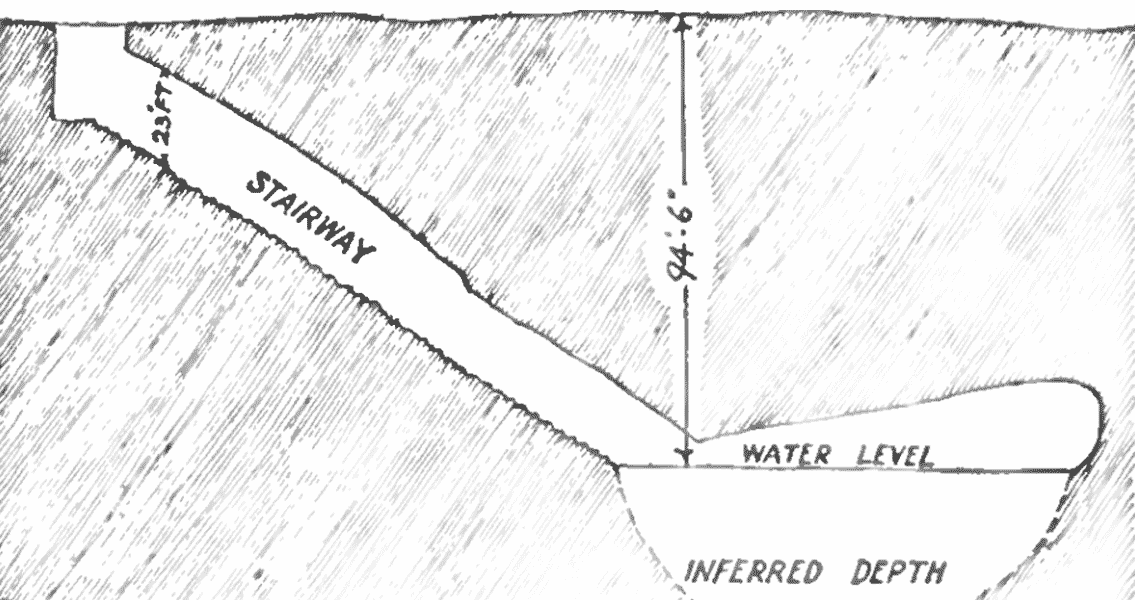<![CDATA[Scientists in Israel have recently discovered a large water cistern that is believed to be about 1,700 years old, with a more contemporary find of graffiti in it that was drawn by Australian soldiers during World War II. The discovery was made in the Ha-Ela Junction, near to a 1,900 year old ritual bath called a miqwe. The excavation efforts were put on by the Israel Antiquities Authority at the behest of the Netivei Israel Company, which is working to widen one of their highways. The graffiti was drawn on the ceiling of the reservoir. At the start of the excavation, the archaeologists exposed a section of the miqwe. They found that it had five steps, with the fifth one being a bench where a person could sit at the edge of the pool. Inside they found ceramic vessels, including lamps, a jug, cooking pots, and red burnished vessels, that date back to the second century CE. There were no newer artefacts found, which made the scientists reckon that the miqwe was not used after the second century CE, possibly because of the Bar Kokhba revolt. The archaeologists then went to the south of the miqwe, where they found an entrance to the large water cistern. This water cistern may have fed the miqwe with water. The cistern was then expanded when the miqwe became redundant, and served mainly for collecting water. It was in the cistern that they made the more contemporary find; graffiti engraved on the ceiling of the cistern that indicated that it was actually accessible until the 1940s. The graffiti had the names of the "artists", namely Corporals Scarlett and Walsh. Beside their names were carved the letters "RAE" (standing for Royal Australian Engineers), and two identifying numbers: NX7792 and NX9168. Completing the inscription was the date, which reads 30/05/1940, written below the names. The researchers searched in the Australian government archives, and sure enough, found that Corporal Scarlett was Corporal Philip William Scarlett, born in Melbourne in 1918 and drafted into the army in 1939; Corporal Walsh was Corporal Patrick Raphael Walsh, born in 1910 in Cowra, and also drafted into the army in 1939. They were both members of the Australian Sixth Division and were trained in Australia before being scheduled to be sent to combat in France. France surrendered before they could actually go, so they were sent to Egypt in October 1940, where they fought in the Western Desert. The archaeologists working on this project are excited about it as they can look to tell two stories from the find: one about the Jewish settlement in the Second century CE, which could have coincided with the Bar Kokhba revolt, and another story of two Australian soldiers who left their mark on the site nearly 2,000 years later. Because of the recent discovery, the Israel authorities are moving to change the course of the highway in order to preserve the site.]]>
Australian Graffiti from Second World War Found in Israel
